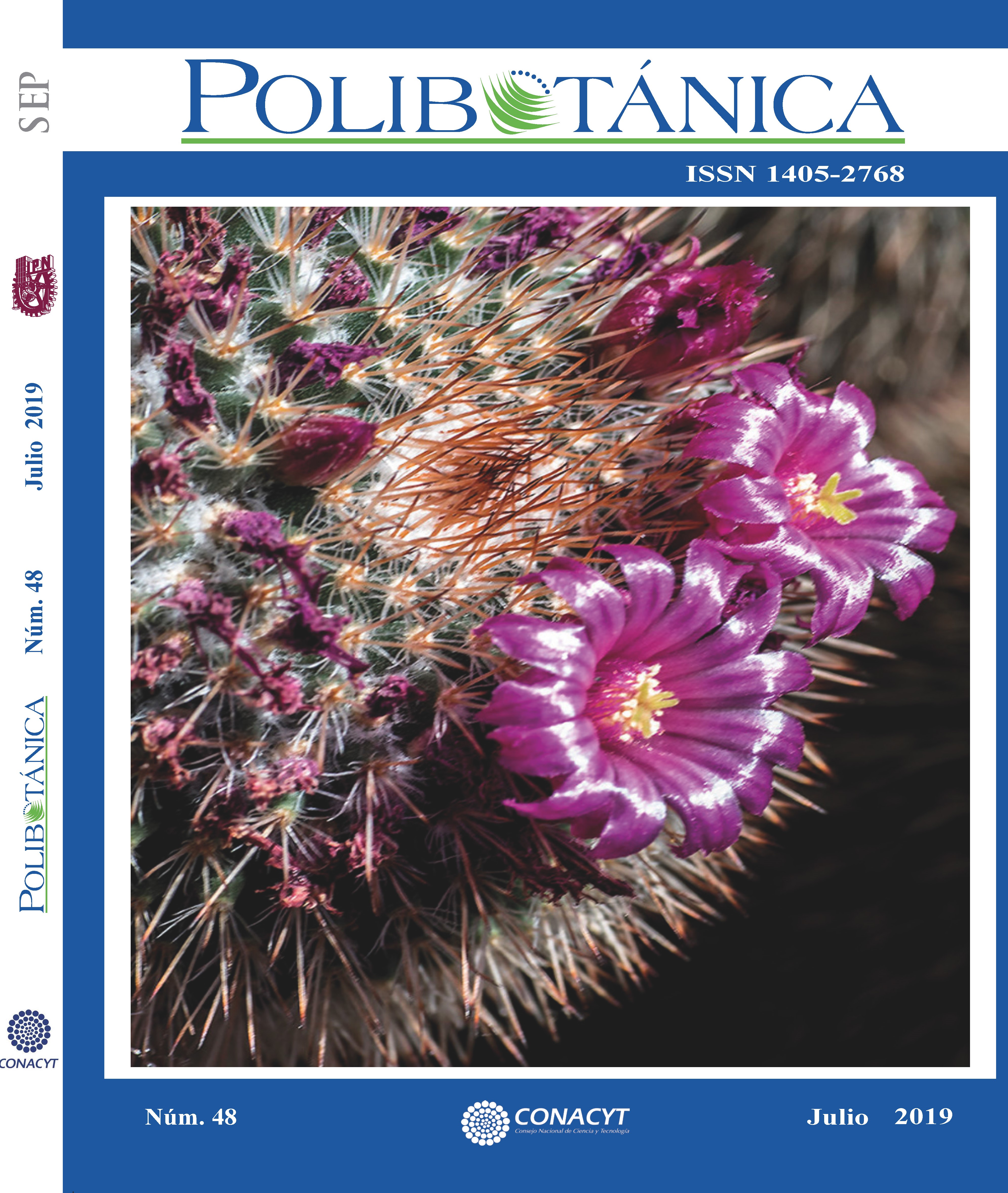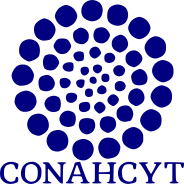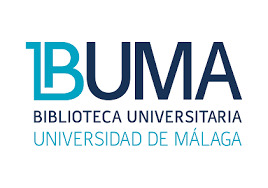DESCRIPCIÓN DEL DESARROLLO DEL PRÓTALO Y DEL ESPORÓFITO JOVEN DE PTERIS QUADRIAURITA RETZ. (PTERIDACEAE-POLYPODIIDAE).
Palabras clave:
apogamia, desarrollo de gametófitos, desarrollo esporófitos, sustratos naturales, explotación comercialResumen
We describe gametophyte morphology and young sporophyte of Pteris quadriaurita Retz. Studied material was collected in a cloud forest in Tototla, Xochicoatlán municipality, State of Hidalgo, México. The spores were sown in glass vessel of 125 ml prepared in the following manner: the glasses were layered with ceramic, river stone, mosquito net and three natural substrates (plant litter, maquique and moss) all previously sterilized and enclosed in plastic bag tied with copper wire. The cycle proved to be isosporeus with prothallial development corresponding to the Ceratopteris type. The gametophytes were only male, only female and few hermaphrodite. Young sporophytes were apogamous obtained around 231 days after sowing in moss and maquique, in plant litter, they were nor development.
Referencias
Arreguín-Sánchez, M. L., R. Fernández-Nava y D. L. Quiroz-García. 2004. Pteridoflora del Valle de México. Instituto Politécnico Nacional. 387 p.
Baskaran, X. R., R. Jeyachandran y G. Meighias. 2014. “In vitro spore germination and gametophytic growth development of a critically endangered fern Pteris tripartita Sw.” African J. Biotechnology, 13(23): 2350-2358.
Bell, P. 1992. “Apospory and apogamy: implications for understanding the plant life cycle.” Int. J. Plant Sci., 153 (3): S126-S136.
Beri, A. y S. S. Bir. 1993.”Germination of stores spores of Pteris vittata.” Amer. Fern J., 83:73-78.
Chao, Y. S., H. Y. Lui, Y. C. Chiang y W.L Chiou. 2012. “Polyploidy and speciation in Pteris (Pteridaceae)”. J. Bot., http://dx.doi.org/10.1155/2012/817920
Christenhusz, M.J.M., X. Chun Z. y H. Schneider. 2011. “A linear sequence of extant families and genera of lycophytes and ferns”. Phytotaxa, 19: 7-54.
Cohen, D. y W. J. Crotty. 1979. “H-uridine incorporation in the pre-mitotic stage of rhizoid cell differentiation in Pteris vittata L.”.Amer. J. Bot., 66: 179-182.
Crotty, W. J. 1967. “Rhizoid cell differentiation in the fern gametophyte of Pteris vittata L.”. Amer, J. Bot., 54: 105-117.
Gremmrich, A. R. 1988. “In requirement of red light and blue light mediated inhibition of antheridiogenesis in the fern Pteris vittata.” Pl. Sci., 58: 159-164.
Huang, Y. M., H.M. Chou, T. H. Hsieh, J. C. Wang y W. L. Chiou. 2006. “Cryptic characteristics distinguish diploid and triploid varieties of Pteris fauriei (Pteridaceae).” Can. J. Bot., 84: 261-268.
Huang, Y. M., S. Y. Hsu, T. H. Hsieh, H. M. Chou y W. L. Chiou. 2011. “Tree species (Pteridaceae: Pteridophyta) reproduce by apogamy”. Reproductive Biology Botanical Studies, 52:79-87.
Huerta-Zavala, J., M. L. Arreguín-Sánchez, D.L. Quiroz-García y R. Fernández-Nava. 2013. “Ciclo de vida de Pellaea ternifolia (Cav.) Link subsp. ternifolia (Pteridaceae-Polypodiidae)”. Polibotanica, 35:65-84.
Laird, S. y E. Sheffield. 1986. “Antheridia and archegonia of the apogamous fern Pteris cretica” Ann. Bot., 57:139-143.
Letelier, L. y P. Penailillo. 2007.”Desarrollo del gametofito y esporofito joven de Pteris chilensis Desv. (Pteridaceae-Pteridophyta)”. Gayana Bot., 64(1): 93-97.
Martínez, O. G. 2010. “Gametófitos y esporófitos jóvenes de cuatro especies de helechos del género Pteris (Pteridaceae) naturalizadas en América”. Rev. Biol. Trop., 58 (1): 89-102.
Martínez, O. G., C. Prada, M. E. Tanco y M. C. Bonomo. 2013. “Sexual phase of three species of Pteris (Pteridaceae)”. Tropical Plant Biol., 6:46-52.
Mehra, P. N. 1938. “Apogamy in Pteris biaurita L.”. Proc. Indian Acad. Sci., 8:202-210.
Mendoza, A., B. Pérez-García, I. Reyes-Jaramillo y M. Ricci. 1995. “Desarrollo del gametofito de Pteris berteroana C. Agardh (Pteridaceae: Pterideae)”. Rev. Biól. Trop. 45:51-57.
Mendoza-Ruíz, A. y B. Pérez-García. 2009. Helechos y Licopodios de México Universidad Nacional Autónoma de México, México D.F. 1:1-287.
Mickel, J. T. y J. M. Beitel. 1988. “Pteridophyte Flora of Oaxaca, Mexico”. Mem. N. Y. Bot. Gard., 46: 320-327.
Mickel, J. T. y A. R. Smith. 2004. “The pteridophytes of Mexico”. Mem. N. Y. Bot. Gard. 88:533-544
Montoya-Casimiro, M. del C., R. Álvarez-Varela, S. Pérez-Hernández y M. L. Arreguín-Sanchez, 2000.”Ciclos biológicos de Blechnum occidentale L. var. occidentale (Blechnaceae-Pteridophyta) y Thelypteris resinífera (Desv.) Proctor (Thelypteridaceae- Pteridophyta)”. An. Esc. Nac. Cienc. Biol. Méx., 46(3):317-339.
Moran, R. C. Pteris. 1995. In: Moran, R. C. y R. Riba (eds. En Pteridofitas). Psilotaceae a Salviniaceae. G. Davidse, M. Sousa S. y S. Knapp (eds. Grales). Flora Mesoamericana. Instituto de Biología, Universidad Nacional Autónoma de México-Missouri Botanical Garden-The Natural History Museum (Londres), México D. F. 1: 140-144.
Nayar, B. K. y S. Kaur. 1969. “Types of prothallial development in homosporous ferns”. Phytomorphology, 19(2): 179-188.
Nayar, B. K. y S. Kaur. 1971.”Gametophytes of Homosporous Ferns”. Bot. Rev., 37(3):295-396.
Prada, C., V. Moreno y J. M. Gabriel y Galan. 2008. “Gametophyte development, sex expression and antheridiogen system in Pteris incomplete Cav.”. Amer. Fern J., 98(1): 14-25.
Puspitasari, D. S., T. Chikmawati y T. N. Praptosuwiryo. 2015. “Gametophyte morphology and develptemt of six species of Pteris (Pteridaceae) from Java Island Indonesia”. The Journal of Tropical Life Science, 5(2): 98-104.
Rodríguez-Ríos, R. 1973. “Morfología de los prótalos y esporófitos jóvenes de algunas especies chilenas de Blechnum (Polypodiaceae)”. Gayana Bot., 22:21-30
Salazar-Aguilar, S., M. L. Arreguín-Sánchez y
J. D. tejero-Díez. 2015. “Descripción del desarrollo del prótalo de tres especies cortícolas (Polypodium colpodes Kunze, Polypodium arcanum Maxon var. bakerii (Daven.) Mickel et
Tejero y Phlebodium inaequale T. Moore (Polypodiaceae-Polypodiophyta”. Polibotanica, 39:21-48.
Smith, A.R. 1981. Pteridophytes. En: D.E. Breedlove (ed.) Flora of Chiapas. The California Academic of Sciences, San Francisco. 2: 56-57.
Tanco, M. E., O. G. Martínez y M. L. C. Bonomo. 2009. “Germinación y morfogénesis de Pteris inermis (Rosenst.) De la Sota”. Gayana Bot., 66 (1): 10-17.
Tejero-Díez, J. L. y A. N. Torres-Díaz. 2012. “Phymatosorus grossus (Polypodiaceae) en México y comentarios sobre otros pteridobiontes no-nativos”. Acta Bot. Mex., 98: 111-124.
Tryon, R. M. y A. F. Tryon. 1982. Fern and allied plants with special reference to tropical America. Springer-Verlag. New York, Heidelberg, Berlin. p.p. 332-341.
Watson, P. J. y M. Vázquez. 1981. “Comparative ecology of Woodsia scapularia sporophytes and gametophytes.” Amer. Fern J., 71 (1)3-9.
Zhang, K.M., Shi, L., Zhang, X. C. y Jiang, C. D. 2008. “Gametophyte morphology and development of six Chines especies of Pteris (Pteridaceae)”. Am. Fern J., 98 (1): 33-41.
Descargas
Archivos adicionales
Publicado
Número
Sección
Licencia

Polibotánica por Departamento de Botánica de la Escuela Nacional de Ciencias Biológicas del Instituto Politécnico Nacional se distribuye bajo una Licencia Creative Commons Atribución-NoComercial-CompartirIgual 4.0 Internacional.




















